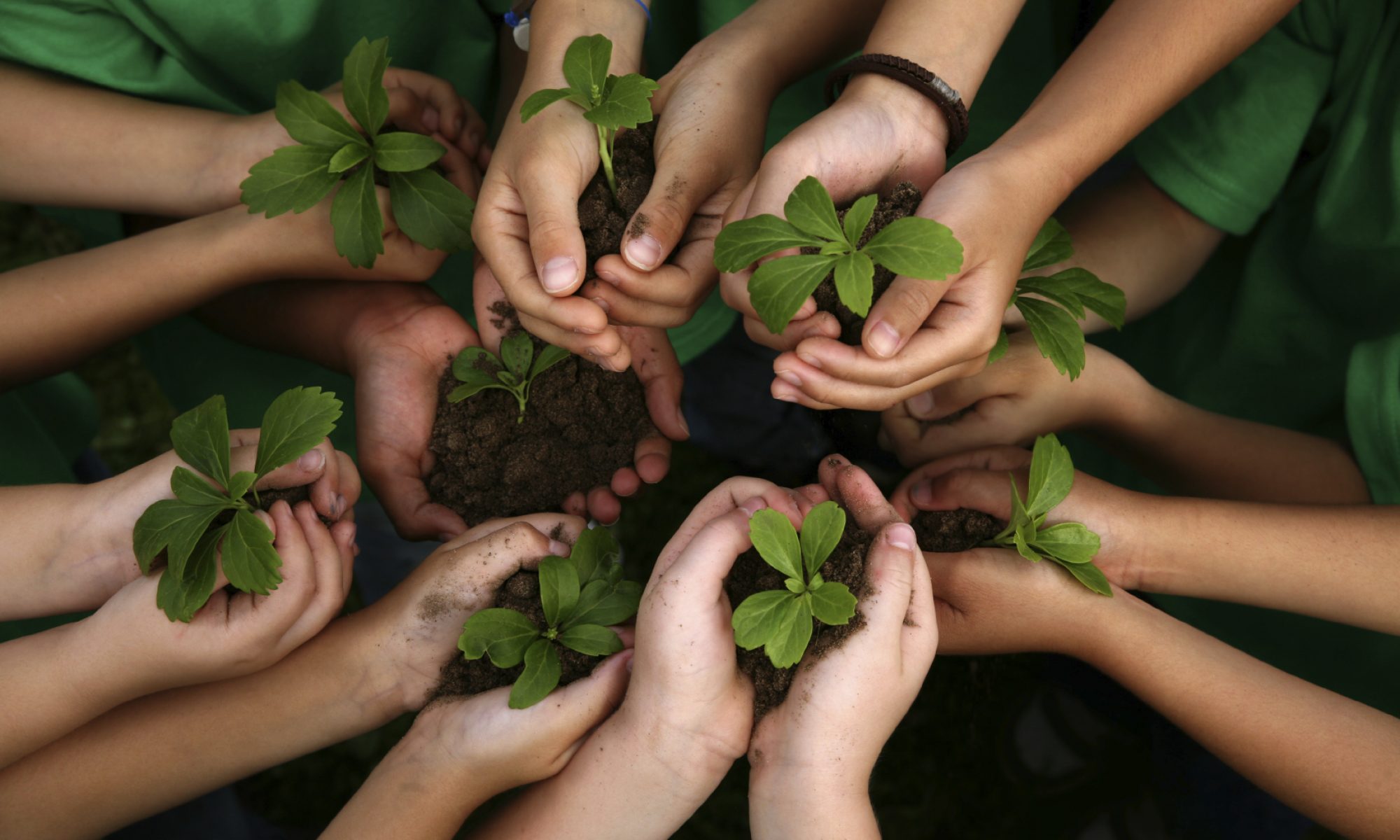Child sexual abuse (CSA) is a form of child abuse in which an adult or older adolescent abuses a child for sexual stimulation.[21] Sexual abuse refers to the participation of a child in a sexual act aimed toward the physical gratification or the financial profit of the person committing the act.[13][22]
Forms of CSA include asking or pressuring a child to engage in sexual activities (regardless of the outcome), indecent exposure of the genitals to a child, displaying pornography to a child, actual sexual contact with a child, physical contact with the child’s genitals, viewing of the child’s genitalia without physical contact, or using a child to produce child pornography.
[21][23][24] Selling the sexual services of children may be viewed and treated as child abuse with services offered to the child rather than simple incarceration.[25]
Effects of child sexual abuse
include guilt and self blame, flashbacks, nightmares, insomnia,fear of things associated with the abuse (including objects, smells, places, doctor’s visits, etc.), self-esteem issues, sexual dysfunction, chronic pain, addiction, self-injury, suicidal ideation,somatic complaints, depression,[26] post-traumatic stress disorder ,[27] anxiety,[28] other mental illnesses including borderline personality disorder [29] and dissociative identity disorder ,[29] propensity to re-victimization inadulthood,[30] bulimia nervosa,[31] physical injury to the child, among other problems.[32] In the United States, approximately 15% to 25% of women and 5% to 15% of men were sexually abused when they were children.
[33][34][35][36][37] Most sexual abuse offenders are acquainted with their victims; approximately 30% are relatives of the child, most often brothers, fathers, mothers, uncles or cousins; around 60% are other acquaintances such as friends of the family, babysitters, or neighbors; strangers are the offenders in approximately 10% of child sexual abuse cases.
The Convention on the Rights of Child (CRC)
Since child abuse and neglect is of ‘universal’ nature, certain quarters have advocated that there is a need for an international action to address the problem. Thus, various efforts were undertaken by the international community which materialized in 1989 when the Convention on the Rights of Child (CRC) was passed and ratified by almost all the countries worldwide with the exception of the United States of America and Somalia.38
This Convention recorded among the highest in term of the number of participating statesthat ratified any international convention.
The CRC was formulated to protect the rights of children be it civil, cultural, economic, political and social. There are several articles specifically related to child abuse and neglect. Among the articles is Article 19 which provides: States Parties shall take all appropriate legislative, administrative, social and educational measures to protect the child from all forms of physical or mental violence, injury or abuse, neglect or negligent treatment, maltreatment or exploitation, including sexual abuse, while in the care of parent(s), legal guardian(s) or any other person who has the care of the child.and Article 34 which provides:States Parties undertake to protect the child from all forms of sexual exploitation and sexual abuse. For these purposes, States Parties shall in particular take all appropriate national, bilateral and multilateral measures to prevent:
(a) The inducement or coercion of a child to engage in any unlawful sexual activity;
(b) The exploitative use of children in prostitution or other unlawful sexual practices;
(c) The exploitative use of children in pornographic performances and materials.
World Health Organization in their 2006 report opined that incorporating the CRC into the domestic laws is among the recommended strategies to address the problem of child abuse.
36
See Cindy L. Miller-Perrin & Robin D. Perrin, note 3 at page 12.
37
California was the first state in the United States of America which introduced mandatory reporting intheir child protection laws in 1963. Other states in the United States of America followed since 1967. SeeDonna M. Pence and Charles A. Wilson, “Reporting and Investigating Child Sexual Abuse”,
The Future of Children
, Volume 4 No. 2, 1994, 70-83 at page 71.
38
See http://www.unicef.org/publications/files/Child_Protection_Information_Sheets.pdf. Retrieved June 28, 2008.
39
Ibid
.
